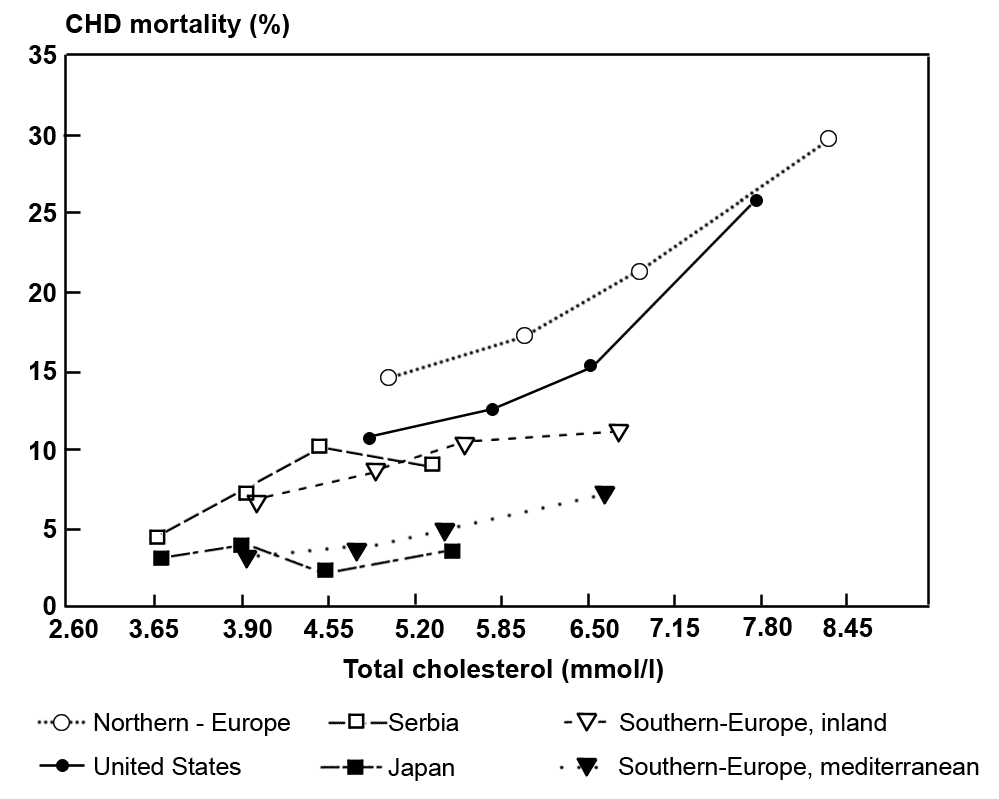I ask you to think of some of the healthiest foods on the planet. What comes to mind? At least in the mainstream way of thought, “superfoods” like kale, blueberries, and spirulina are front and center. Many of the health foods that are touted as the best for us are plant foods. While many plants are healthy and do include vital nutrients for the body, they do not and can not take the place of meat and the health benefits it confers to the body.
Meat is incredibly nutrient dense, providing vital vitamins and minerals, some of which are in short supply or void in plant foods (such as vitamin B12, choline, and heme-iron). Further, the most nutrient-dense food on the planet, bar none, is the liver from animals. However, muscle meat (which is what we usually think of when talking about meat) still provides amazing health benefits.
Which would you choose?
I remember hearing about an internet survey with the question, “If you were stranded on a desert island and you only had one food available to you, what would you choose?” with two options: A. Spinach or B. Hot dogs.
A majority of the survey respondents chose A. Spinach. Why? Because we’re taught that spinach is much healthier than processed meat. But truth be told, when it comes down to your very survival, hot dogs beat spinach every time. Surviving on hot dogs would not be due to the small amounts of added corn syrup or MSG in some hot dogs. It is because hot dogs, like all meat, contain all essential amino acids (not to mention the caloric density of hot dogs over spinach). “Essential” in nutrition means that the body cannot make it on its own, yet it is necessary for survival.
So why does meat never seem to make the lists of superfoods we always hear about? It likely comes down to the dominant narrative that saturated fat, found in animal products, causes heart disease.
Before entering this conversation, I want to preface that scientists have been debating the saturated-fat-causing-heart-disease hypothesis (formally known as the diet-heart hypothesis) for decades. This blog post will cover about 5 minutes worth of that debate– I can’t include everything! But I encourage you to go down the rabbit hole.
In 1958, the Seven Countries Study began– surveying populations from seven countries for 15 years, logging what they ate and noting any cardiovascular events and deaths over that time. The authors of that study concluded that saturated fat in the diet raised serum cholesterol, which had a correlation with heart disease incidence. We all know that correlation does not equal causation, but the world was itching to understand what was causing all of this heart disease.
As seen in the graph below, even those conclusions don’t quite make sense in light of the data. You’ll notice that for the Northern European cohort, having a total cholesterol of 6.50 mmol/L (117 mg/dL) would equate to 20% mortality from coronary heart disease (CHD), but in Southern Europe, this same amount of cholesterol resulted in just a 6% death rate.
 Graph: Serum cholesterol quartiles & 25-year CHD mortality rates – Seven Countries Study
Graph: Serum cholesterol quartiles & 25-year CHD mortality rates – Seven Countries Study
Interesting… but if it’s not saturated fat that causes heart disease, then what does? That’s a sweet, sweet story for another time.
Saturated fat is actually beneficial for health when compared to other types of dietary fats in regard to lowering lipoprotein a (Lp(a))1. Lp(a) is known as an atherogenic particle linked to LDL cholesterol molecules, and is now being recognized as a greater indicator of heart disease risk than just LDL cholesterol. After just six weeks of eating more saturated fat, participants in this study enjoyed a lower Lp(a) level by 8-11% (1).
While there’s so much more that can be explored and said, I hope you leave this article feeling a bit more empowered to cut into a juicy, fatty piece of amazing, healthful, nourishing MEAT.
References
- Plasma lipoprotein (A) levels in men and women consuming diets enriched... Beverly A. Clevidence, Joseph T. Judd, Ernst J. Schaefer, Jennifer L. Jenner, Alice H. Lichtenstein, Richard A. Muesing, Janet Wittes and Matthew E. Sunkin (1997). https://www.ahajournals.org/doi/10.1161/01.ATV.17.9.1657